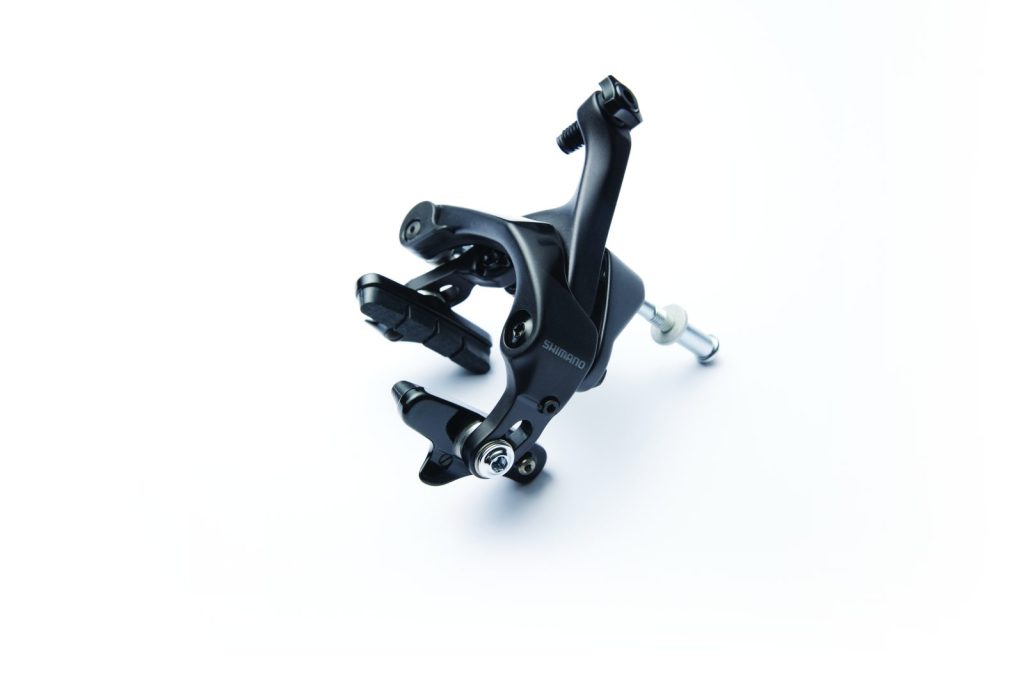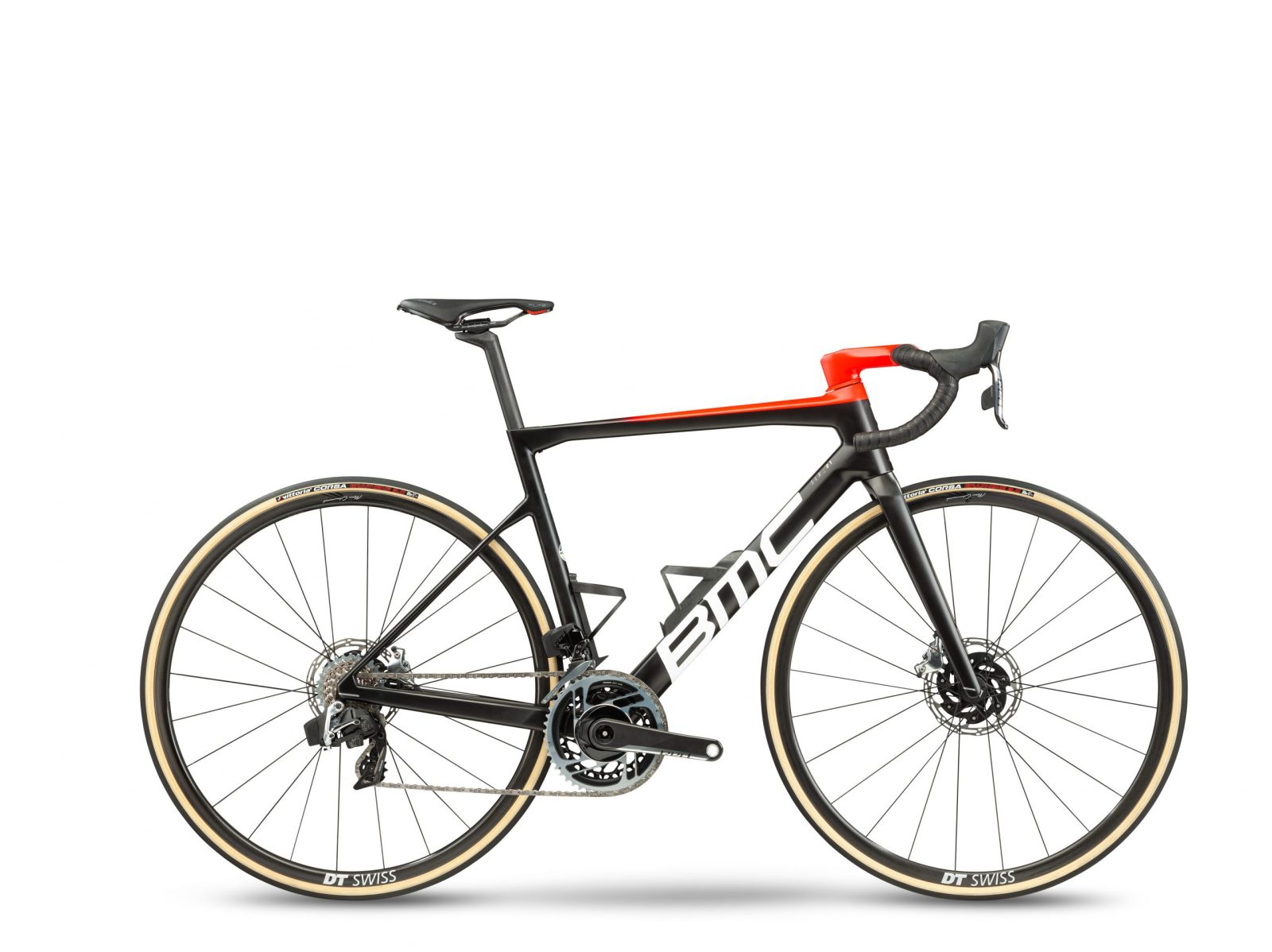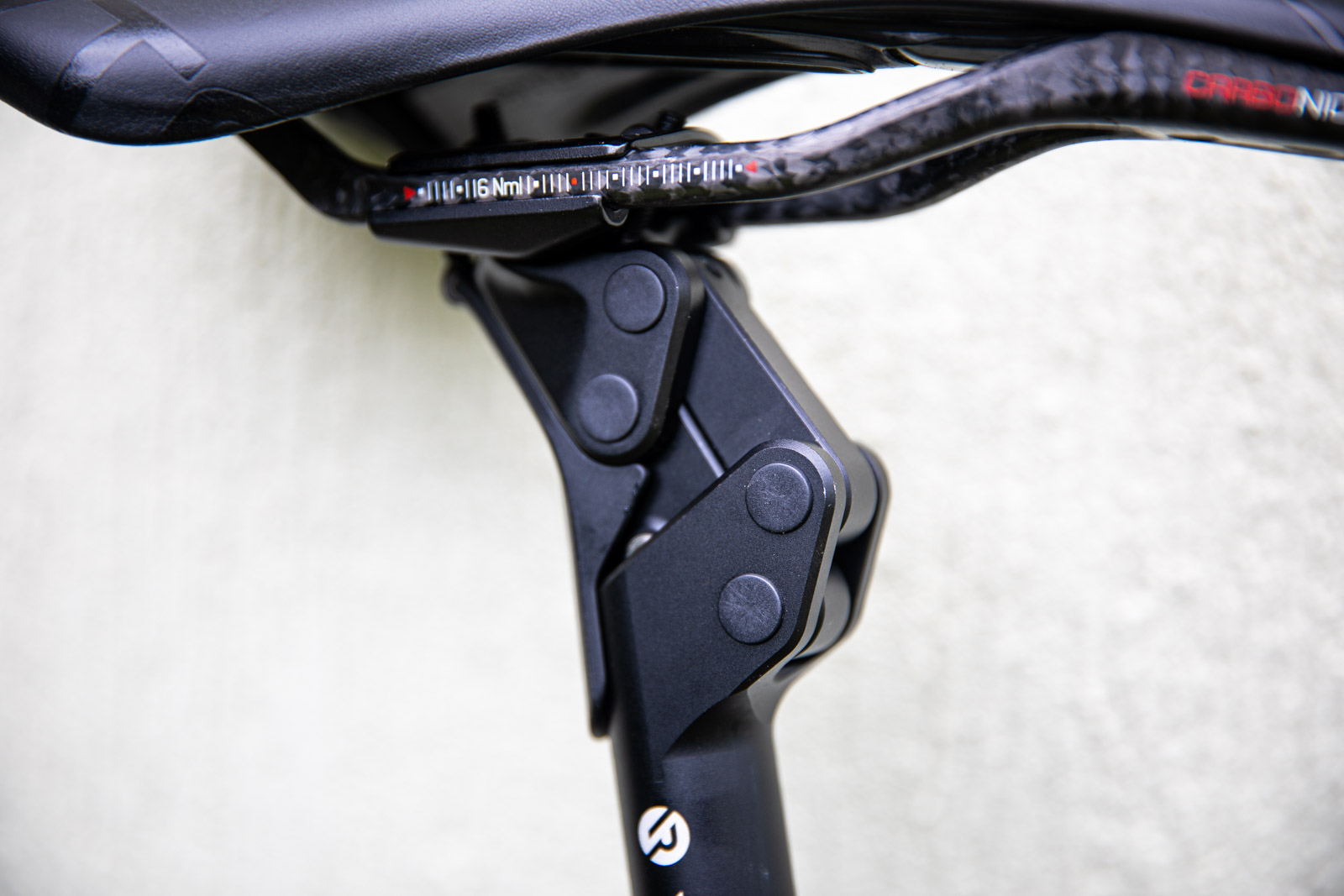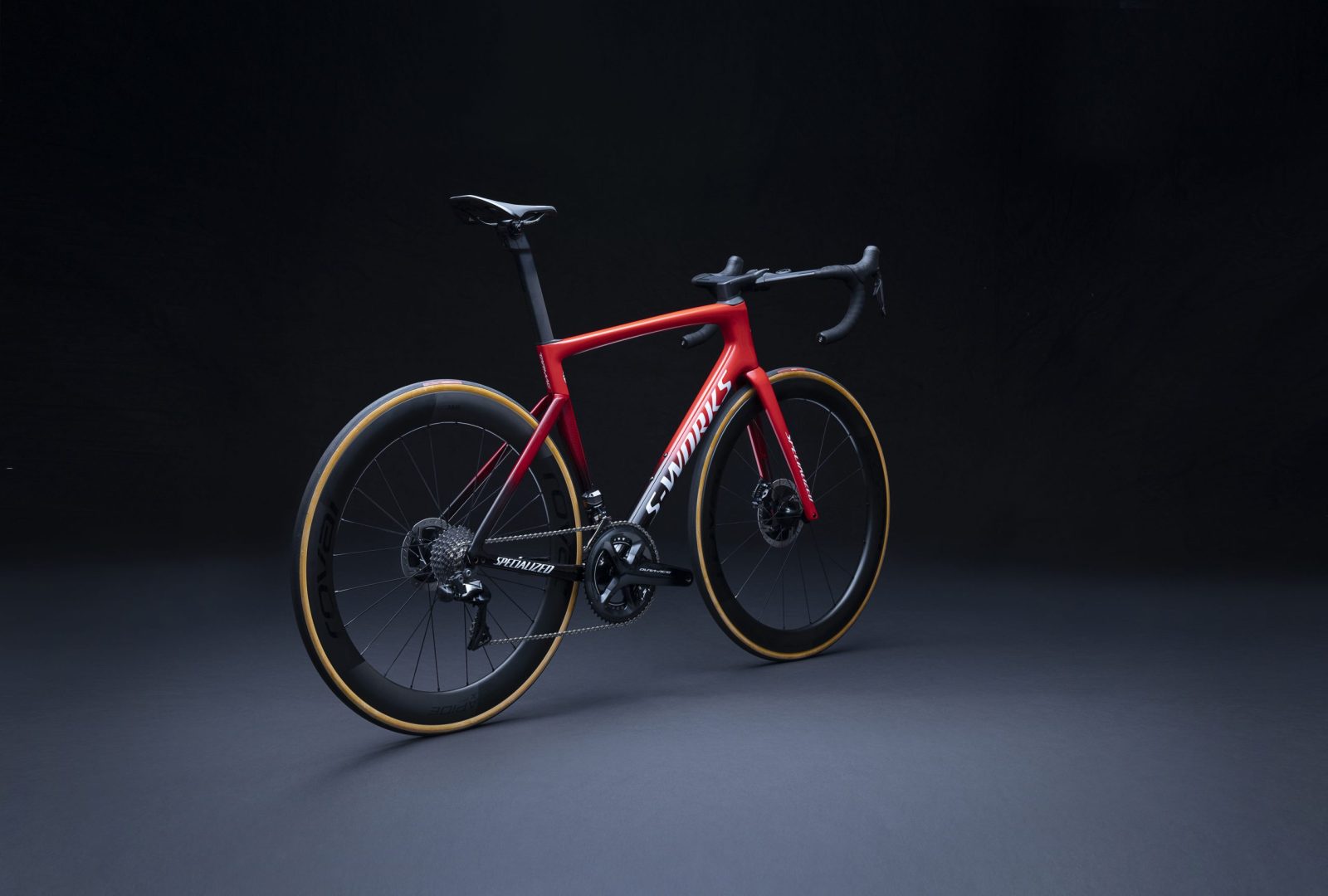Disc brakes are great, but tech writer Charlotte Head believes the rim brake deserves to coexist

At this point, saying ‘save the rim brake’ is in itself a tired cliché, conjuring images either of puritanical road cyclists bouncing about on their skinny 23mm tyres or die-hard single-speeders bouncing about on their skinny 23mm tyres.
Stickers adorn tatty commuter bikes or city telegraph poles, and many of us shake our heads and sigh.
‘Are they so unenlightened?’ we ask ourselves, as the contaminated pads of our hydraulic calipers squeeze onto misaligned disc rotors, bringing us noisily (but quickly) to a halt.
‘Are they still so mulish, so unrelentingly contrary?’ But, as is so often the case these days in cycling or otherwise, there is still much to be said for the old ways.
As Shimano does away with rim brakes on its latest 105 groupsets, there are many rightly lamenting the end of the era of choice.
I love disc brakes. I think they are an incredible feat of engineering and allow us to use bikes in ways previously unthinkable.
Yet there are many and emphatic use cases for the classic rim brake, and we must work to save them before they die off entirely
The fizzle and the bang
As much as we’ve seen the decline of rim brakes over the past decade, this slide towards extinction has accelerated dramatically over the past year or two.
Sram’s Rival AXS has been disc-only for a while now, but the slam dunk has undoubtedly been Shimano’s release of its new 105 groupsets. 105 is, by definition, a mid-tier groupset, below the race-worthy Dura-Ace and Ultegra but above the likes of Sora and Tiagra.
As such, it’s the perfect canary for what we can expect from entry-level groupsets later down the line.
We expect professional race bikes to be equipped with the best and the shiniest that the cycling industry has to offer, but when both the Di2 and mechanical 12-speed 105 groupsets were announced as disc-only, it served as a warning sign of things to come.
If one of the most popular mid-tier groupsets is ready to eschew the rim brake altogether, surely others will follow suit.
In praise of rim brakes
But why should I care? Don’t misunderstand me – I’m not saying that rim brakes are the best brakes and that we should all throw our hydraulic calipers into the proverbial river.
Disc brakes are more powerful, work better in wet conditions and generally have a longer component lifespan.
They’re great at what they do, but that doesn’t make them ideal for everyone. Bikes are expensive and becoming increasingly so with each passing year.
A luxury hobby for some, the bike is still a practical tool for many, a way to get from A to B or a cost-effective way to stay fit and get outside.
The humble bicycle was once seen as a symbol for revolution and tearing down social barriers, a vehicle for empowerment and freedom.
Forgive me… I’ve gone all misty-eyed. For those with a budget in mind, the accessibility of cycling is quickly slipping out of their grasp.
Although disc brakes may boast some hefty performance credentials, performance isn’t everything. Take a deep breath.
I repeat, performance isn’t everything. More important for many is the starting cost and ease of maintenance.
It is far simpler to learn how to fit and change your own rim brake pads, and it’s cheaper to get them replaced at a shop if you cannot or prefer not to do so yourself.
Buying a bike that you can barely afford is one thing, but then being unable to afford to maintain it is another.
And if you do slack on your repairs on a disc-brake bike? The cost of replacing disc rotors or even entire calipers when they’ve been ridden into the ground can be gargantuan.
For the average person, these are real and rational concerns to have.
For the more technically astute, rim brakes are often also lighter and allow for a greater margin of error in caliper alignment, resulting in brakes that are easier to set up to run silently.
Let’s not even get started on preference of braking feel or control.
Vive le rim brake!
So are you ready to take to the streets to save the rim brake?
Sadly, as with many product-centred desires, the humble consumer can really only support the movement with spending power and demonstrating a social appetite for it.
By all means, emblazon your steeds with stickers, but it is largely a case of ‘make as much noise as possible and hope that brands pay attention’.
The rim brake is a symbol for much more than several strips of rubber making contact with matching strips of alloy or carbon.
It marks the entry point into cycling and, by default, who we believe should be classed as cyclists. Long live the rim brake.



